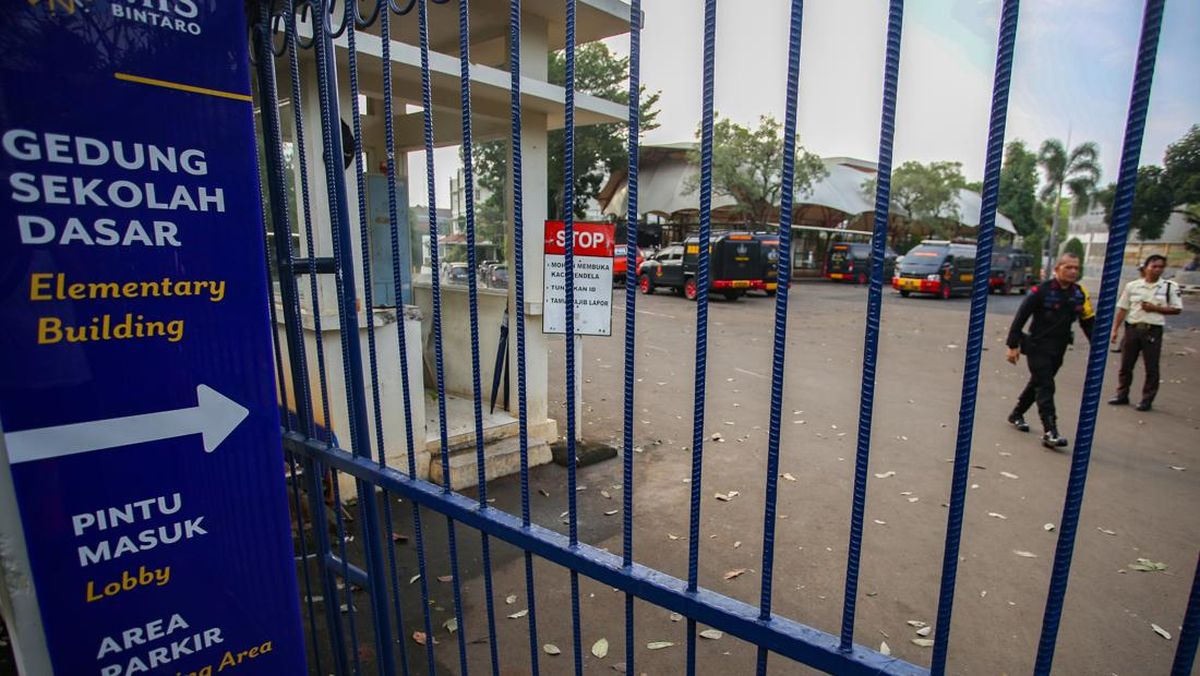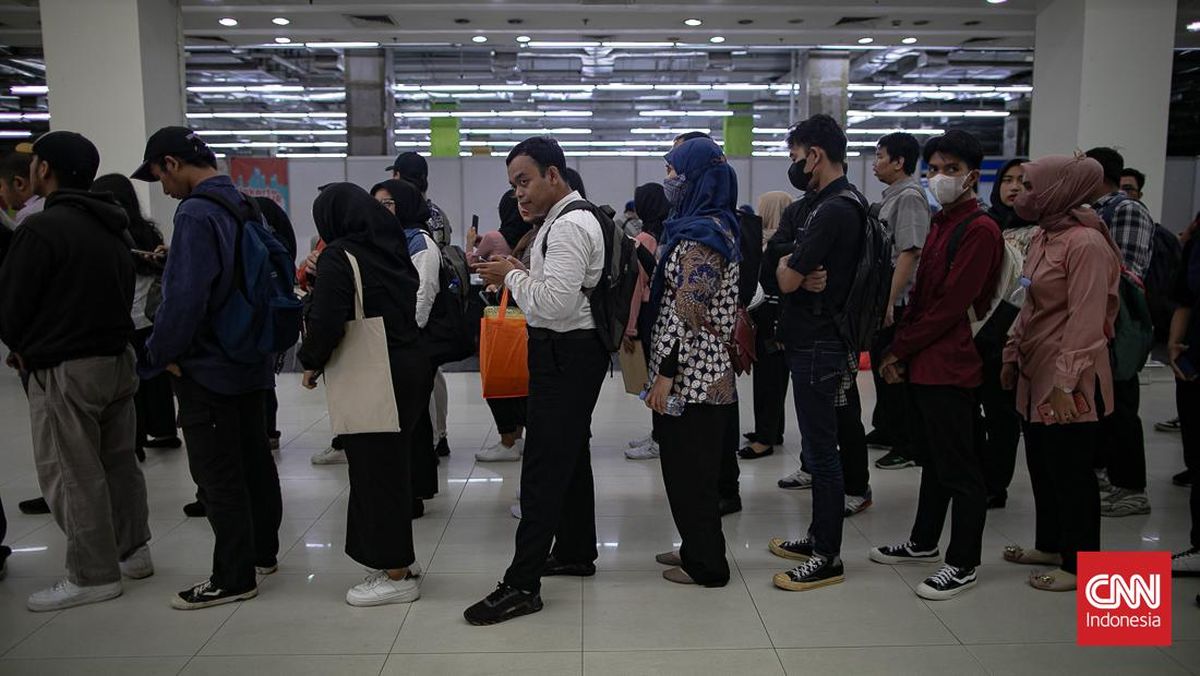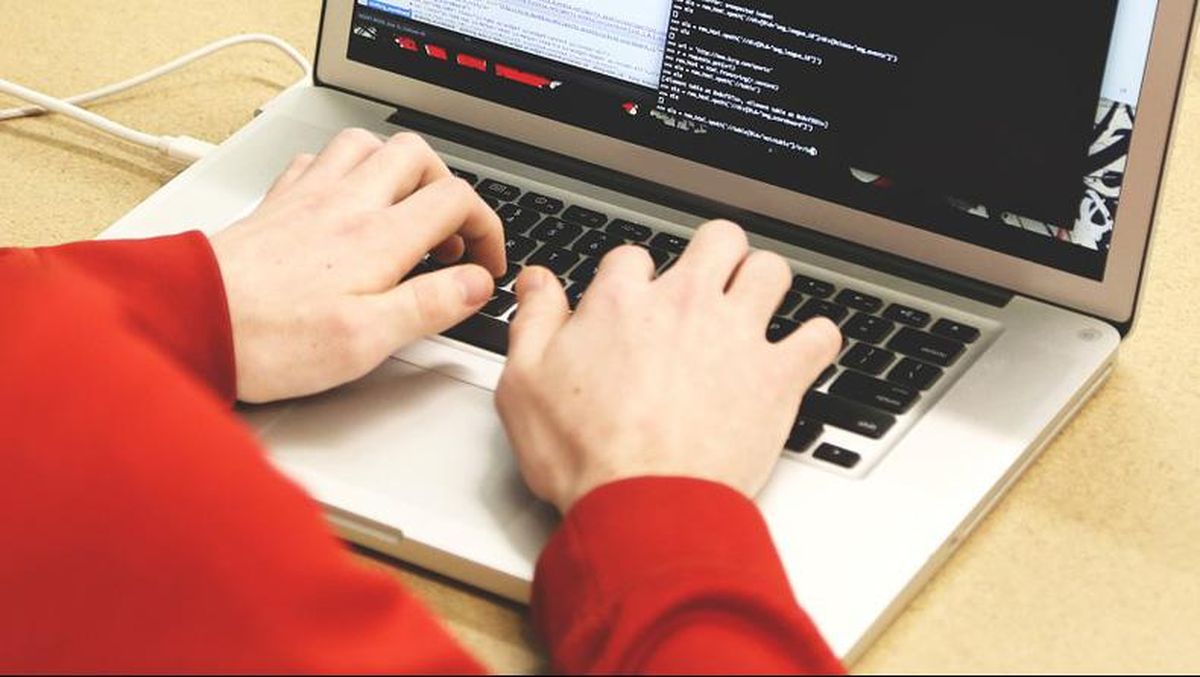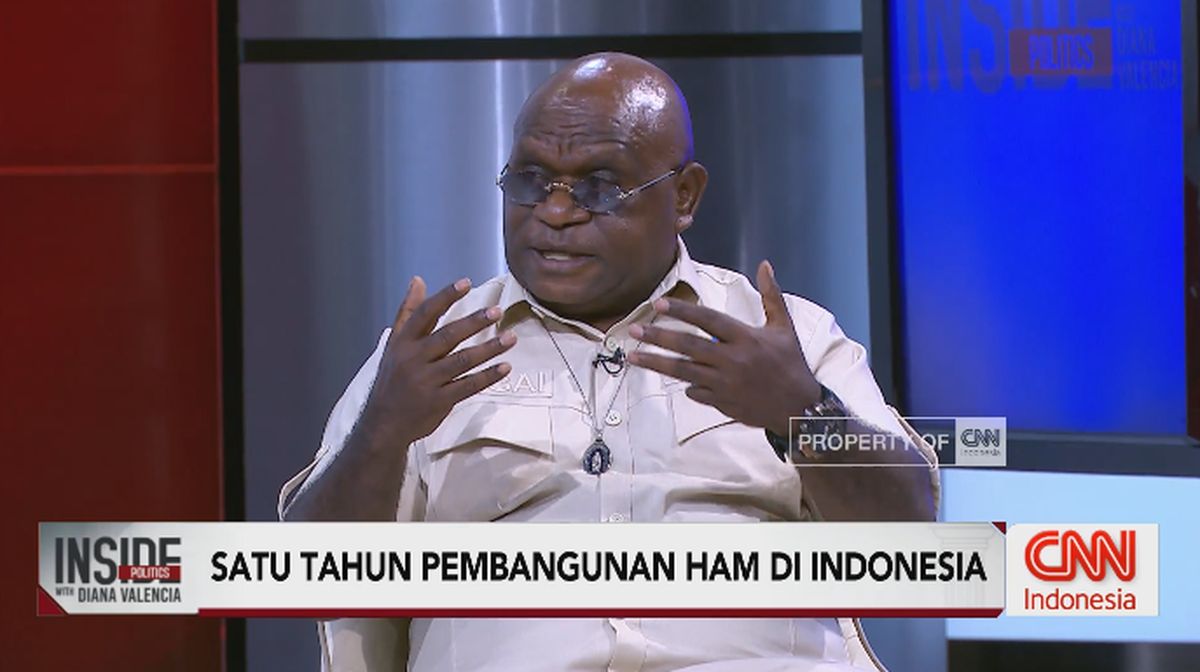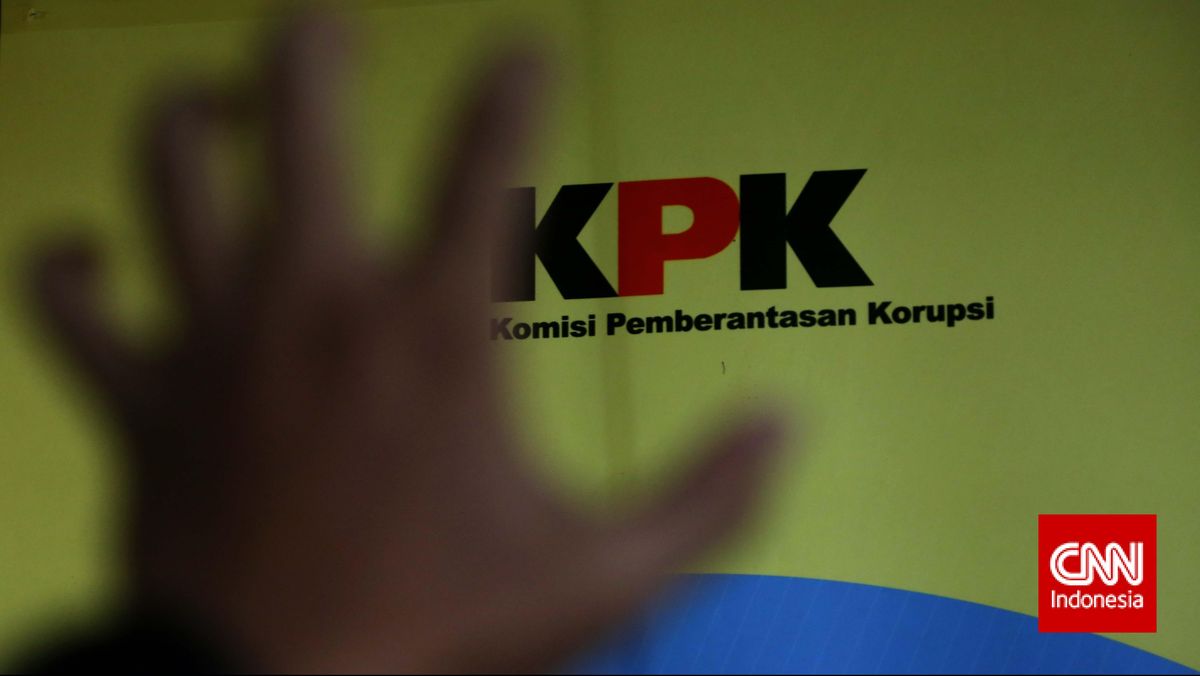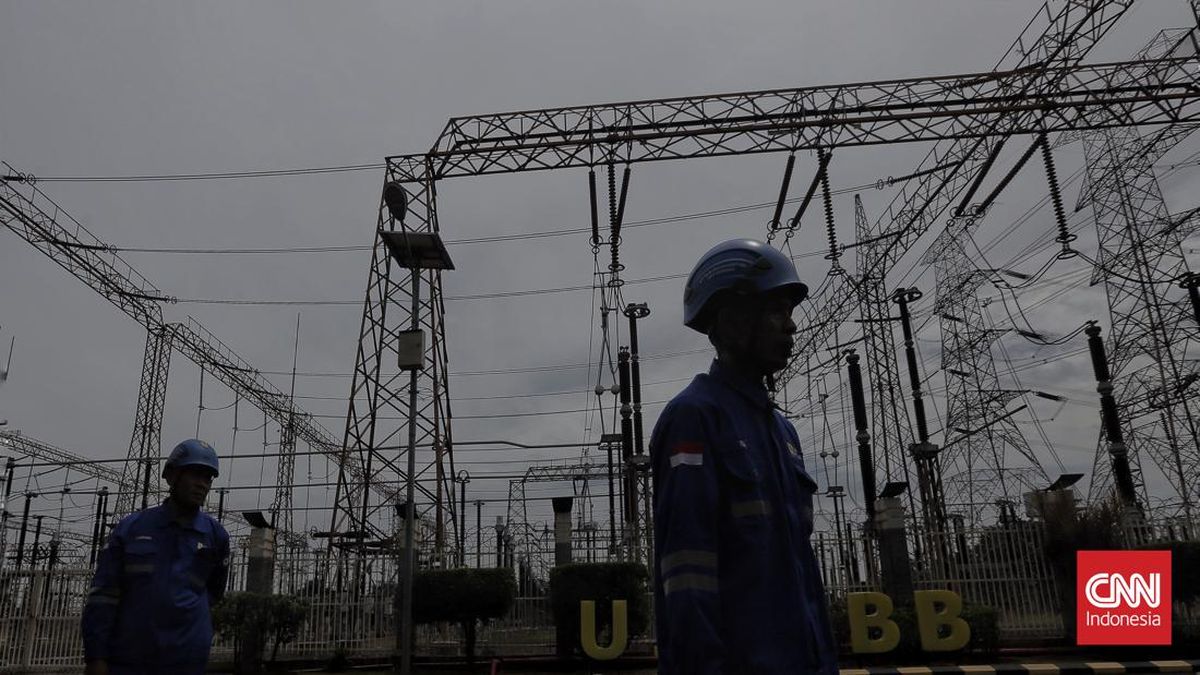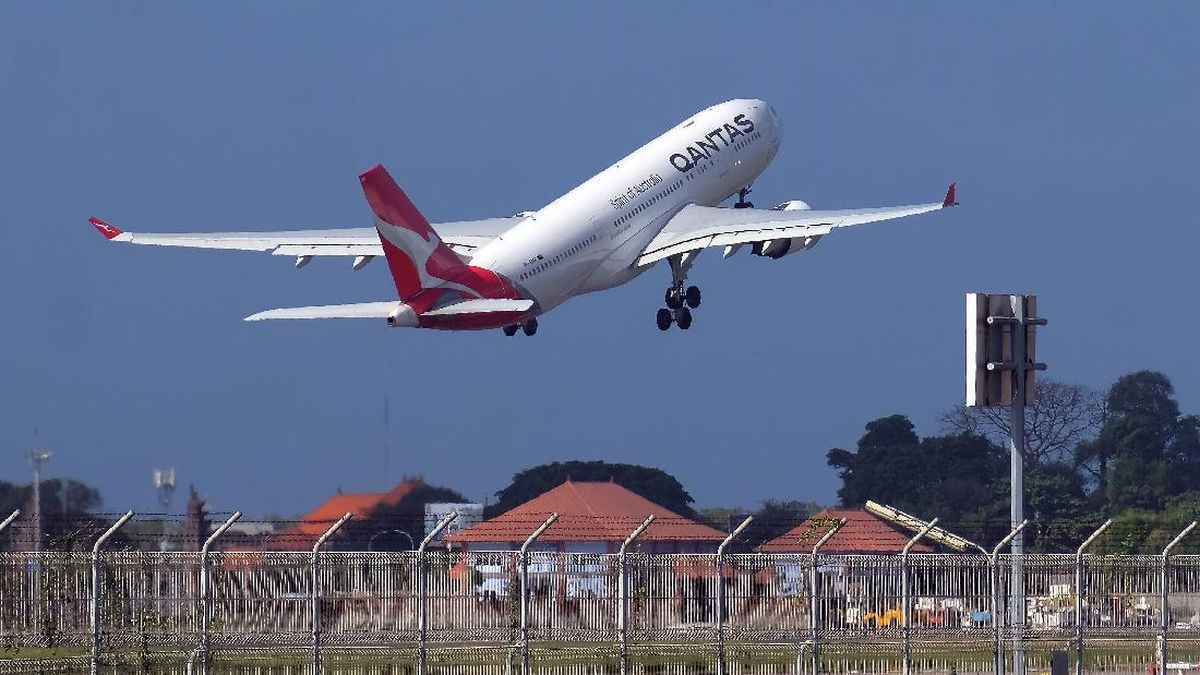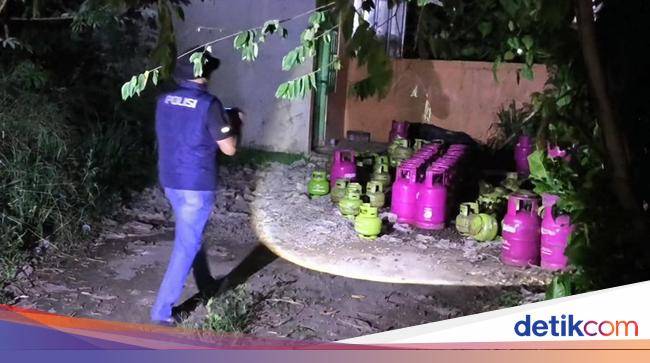As July officially rolls around, it’s safe to say the last 12 months have been a wild ride, at least financially. According to SuperRatings, our nest eggs grew steadily in the first half of the fiscal year, but experienced a “rollercoaster” in the second half.
So forget the Midas touch, investing now takes what’s known by traders as ‘diamond hands’.

Investing in the current geopolitical climate looks like a bumpy ride.Credit: Simon Letch
Our super funds weathered a fall of more than 10 per cent – defined as a correction – in the three trading days after the announcement of President Trump’s liberation day on April 7. But then began a patchy but powerful recovery.
And a strong pull upwards of 1.4 per cent in June has driven the median balanced super fund to a double-digit gain of an estimated 10.1 per cent. Growth funds, which are more heavily invested in the sharemarket, put on even more at 11.3 per cent. For those who held.
Because whether we are talking shares inside or outside of super, more than maybe ever before, the key to successful investment is now: ride it out. Don’t waver, don’t panic, perhaps don’t even look.
Rather than cracking, selling and crystallising losses when markets fall, you need to grip tight and hang on for the terrifying ride. You see where ‘diamond hands’ comes from?
With US tariffs still uncertain and ongoing geopolitical threats, market volatility is unlikely to be over.
Indeed, with volatility likely to resume, you might even invest more regularly, so that you snare more shares or units when markets are low and then have more to swell when they swing high. This is called dollar cost averaging if you want to give it a Google to see its huge merits.
And the best way to invest without leaving a big hole in your pocket is within super.
Firstly, the mandatory superannuation guarantee contributions that an employer must make on your behalf rose to 12 per cent on July 1. So more is already automatically going into the market for you this financial year. But you can do better than that.
Secondly, increase your contributions with a before-tax top up and swap your marginal tax rate for only the 15 per cent contributions tax.
Simply talk to your employer about making a salary sacrifice of a couple of per cent this year – or if you are self-employed, you can achieve the same thing with an after-tax contribution for which you get a tax deduction via an “intent to claim” form.
In either case, far more will go into your fund than you will lose from your pay. (Note these contributions remain capped at $30,000 a year, including your employer’s, although you may be able to mop up unused allowances going back four years.)
Thirdly, claim the free up-to $500 contribution that’s available from the government for people on incomes in 2025-26 of $62,488. All you need to do is pay in $1000 after tax in a year – that’s just $19.25 a week.
If your total income is below $47,488, the government will match your contribution at the rate of 50 per cent, up to that maximum of $500.
Loading
Fourthly, a higher earning spouse could pay in $3000 after tax to net themselves a $540 tax offset, which is a straight-up discount off your tax bill so essentially $540 back in your hand (which you could also invest/put into super).
All four of these moves could make a massive difference to your future. A 10 per cent median super return this year is large, but it is the third double-digit return year that balanced funds have recorded over the past decade.
Indeed, since the bottom of the GFC in 2008-09, SuperRatings says funds have delivered positive returns in 14 out of the past 16 years. And remember that on the credit crack up, the ASX/S&P 200 index of Australia’s leading shares sank by a horrific almost-half.
Then, in 2020, there was a small global pandemic, which wiped 35 per cent off values for what turned out to be only a short time. But that financial year, the median balanced super fund made almost 18 per cent.
And fast forward to today and – post the initial Trump tariff turmoil just three months ago – the market is trading at record highs. Since April, those share investors who hung on for the stomach-churning ride have made some 17 per cent.
With US tariffs still uncertain and ongoing geopolitical threats, market volatility is unlikely to be over. But such conditions – in fact – represent an opportunity for investors, particular if you can invest for less via super.
Provided you do it with diamond hands.
Nicole Pedersen-McKinnon is the author of How to Get Mortgage-Free Like Me, available at www.nicolessmartmoney.com. Follow Nicole on Facebook, Twitter, and Instagram.
- Advice given in this article is general in nature and is not intended to influence readers’ decisions about investing or financial products. They should always seek their own professional advice that takes into account their own personal circumstances before making any financial decisions.
Expert tips on how to save, invest and make the most of your money delivered to your inbox every Sunday. Sign up for our Real Money newsletter.
Most Viewed in Money
Loading


